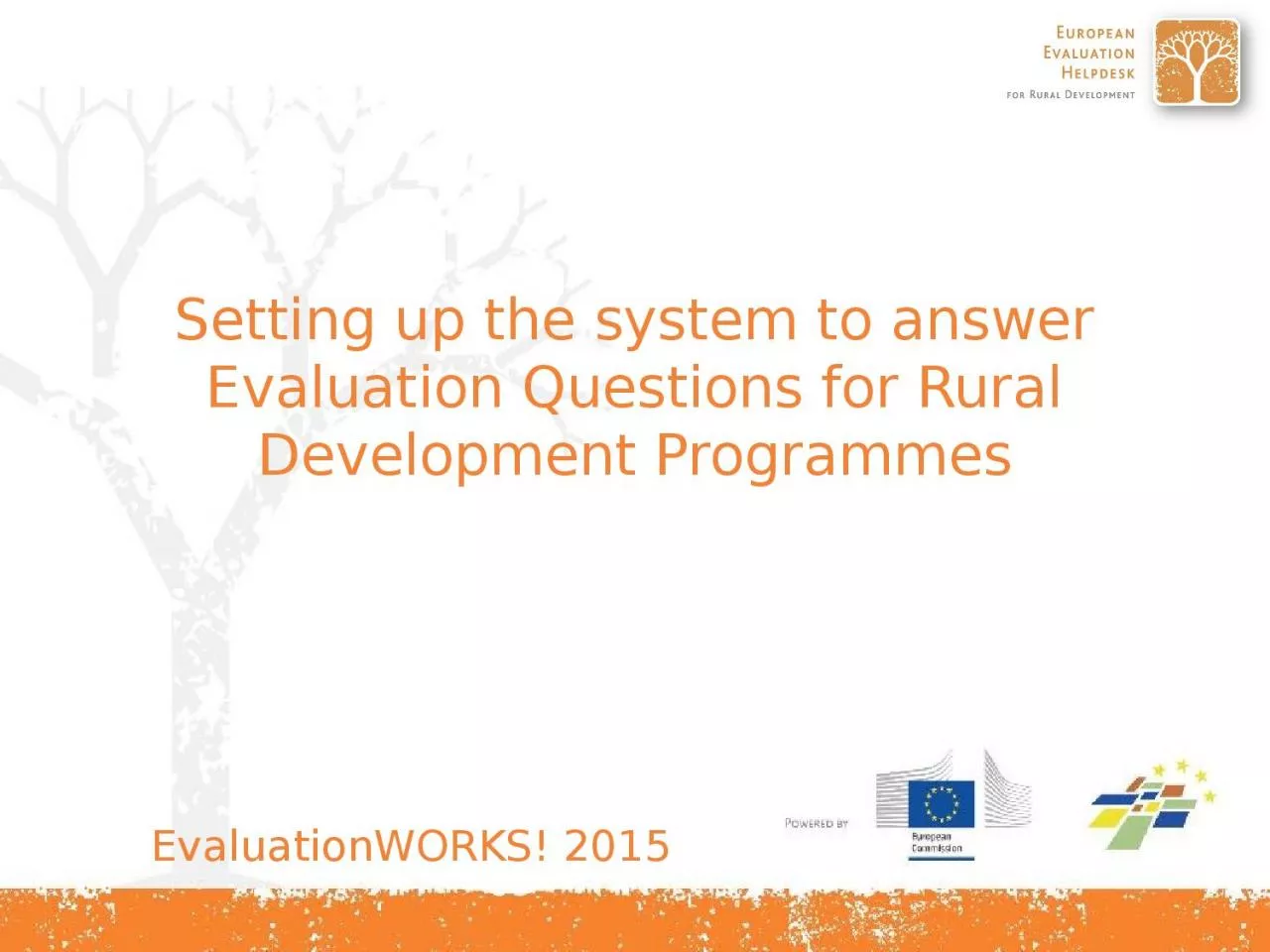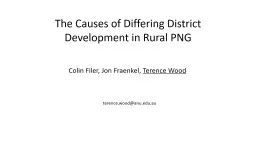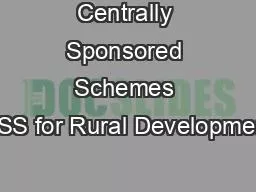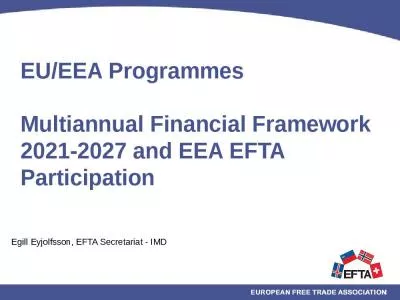PPT-Setting up the system to answer Evaluation Questions for Rural Development Programmes
Author : mia | Published Date : 2023-10-31
EvaluationWORKS 2015 Outline Legal requirements Purpose and types of EQs How to answer EQs 4 Steps in setting up the system to answer EQs Exercises 2 Legal requirements
Presentation Embed Code
Download Presentation
Download Presentation The PPT/PDF document "Setting up the system to answer Evaluati..." is the property of its rightful owner. Permission is granted to download and print the materials on this website for personal, non-commercial use only, and to display it on your personal computer provided you do not modify the materials and that you retain all copyright notices contained in the materials. By downloading content from our website, you accept the terms of this agreement.
Setting up the system to answer Evaluation Questions for Rural Development Programmes: Transcript
Download Rules Of Document
"Setting up the system to answer Evaluation Questions for Rural Development Programmes"The content belongs to its owner. You may download and print it for personal use, without modification, and keep all copyright notices. By downloading, you agree to these terms.
Related Documents














